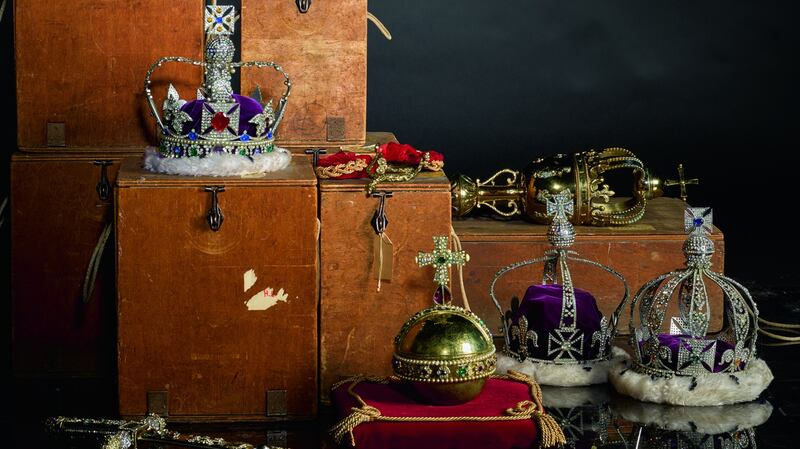Nelson's Pillar – the column capped by a statue of the naval hero – was ignominiously blown up in Dublin's O'Connell Street in 1966 but Lord Horatio Nelson is still revered in Britain as that country's greatest naval hero. In 1805, the Royal Navy, under his command, defeated a Franco-Spanish fleet at Trafalgar, off the southwest coast of Spain, thus ensuring that Britain ruled the waves for the following 100 years. But Nelson died on the day of the battle and his body, infamously pickled in a barrel of brandy, was brought back to London for a state funeral.
A large fragment of the Union Jack believed to have flown from his ship, HMS Victory at the battle of Trafalgar is to be auctioned at Sotheby's in London on Wednesday, January 17th. Despite its understandably battle-scarred, faded and fragile condition, the "Victory Jack" is expected to sell for up to £100,000 (€112,830).
But how did such a memento survive? According to a contemporary report, sailors at the funeral in St Paul’s Cathedral had carried the flag to the ceremony and were meant to deposit it in his grave but, “these brave fellows, however, desirous of retaining some memorials of their great and favourite commander, had torn off a considerable part of the largest flag, of which most of them obtained a portion”.

Other fragments have also survived. Some are in museums, but Sotheby’s said this piece is “exceptionally large” – measuring 860mm by 920mm (33 by 36 inches) – which explains the high estimate.
Only two complete Union Jacks that were used as battle ensigns at Trafalgar survive: one from HMS Minotaur is in Britain's National Maritime Museum, the other from HMS Spartiate was sold at auction in 2009 for £384,000.
Grog chest
Also going under the hammer are other items with a Nelsonian provenance including his grog chest – a travelling chest with decanter set, wine glasses and beaker – that he kept in his cabin at sea (£35,000-£45,000).
The auction, entitled "Of Royal and Noble Descent", also features paintings, sculpture, porcelain, silver, furniture with impeccable provenance. A whimsical lot , but likely to attract much interest and appeal to fans of the Netflix drama, The Crown, is a "Replica set of the British Crown Jewels" dating from the 1950s and estimated, surely conservatively, at £5,000-£7,000. The coronation of Queen Elizabeth II took place on June 2nd, 1953 at Westminster Abbey, and according to Sotheby's: "Several replicas of the crown jewels, of which this is one, were made in honour of the coronation to be displayed to communities across the Commonwealth".
The original British crown jewels, regarded as priceless and consisting of some 140 ceremonial pieces, are kept in the Tower of London. This set of replicas includes various pieces of the crown jewels in gilt metal, paste stones, simulant pearls, and velvet and imitation ermine trim. It includes five sceptres, five crowns including Queen Elizabeth, the Queen Mother’s Crown, the King George Crown, the Imperial State Crown, the Queen Mary Crown, and St Edward’s Crown, three swords, the “anointing spoon”, the mace, the sovereign’s orb, and, the “king’s spurs” – together with 12 storage boxes and five red velvet cushions.




















